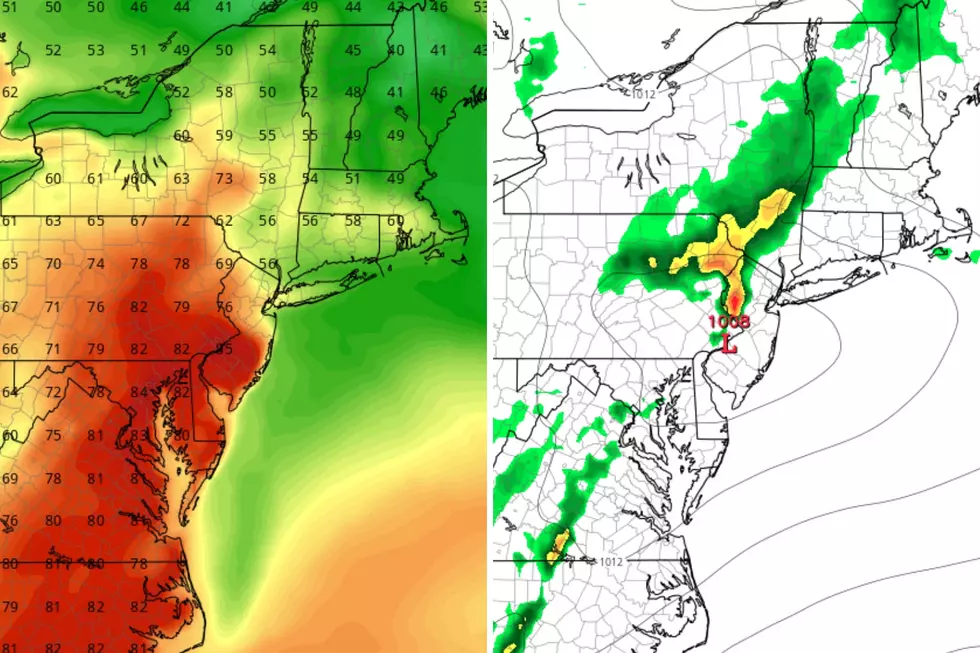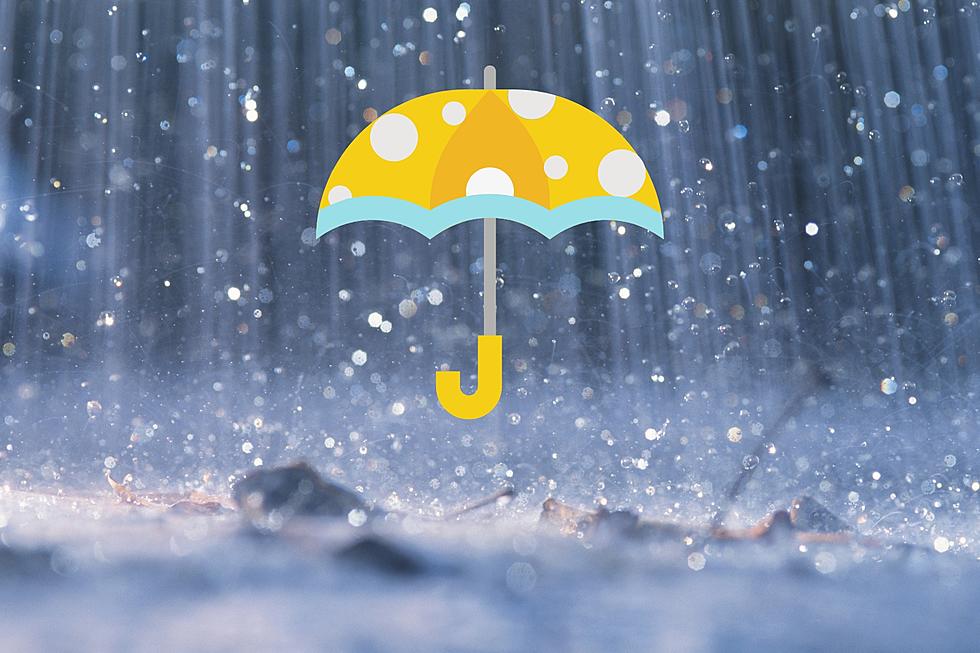
Determining What Type of Precipitation Will Fall
A skew T is a diagram meteorologists use to determine whether a location will receive rain, snow, freezing rain, or sleet.
What is a skew T?
A skew T is a diagram of a vertical profile of the temperature and the dew point of the atmosphere at a given location.
The left y-axis shows the pressure levels. Meteorologists generally use pressure as a vertical coordinate for height rather than meters or miles. Pressure decreases as it increases in height.
The right y-axis shows wind direction and speed at the given pressure levels.
The x-axis shows the temperature isopleths, or contour lines, in degrees Celsius.
Two lines are usually drawn on the skew T. The left line is the dew point and the right line is the temperature.
Determining Precipitation
There are three cases when it comes to determining the type of precipitation: temperature less than 0 degrees Celsius, only one freezing level, and at least two freezing levels.
When the temperature line never passes the 0 degree Celsius isopleth, it means snow will fall. But if the cloud is never colder than -8 degrees Celsius than it means freezing rain or drizzle will fall.
To determine where a cloud is on a skew T, note that a cloud is basically tiny rain drops. Meaning relative humidity will be near 100 percent. When temperature and dew point are nearly equal, relative humidity will be at or near 100 percent. On a skew T, a cloud is represented by the temperature line and dew point line very close to each other.
One freezing level means that the temperature line crosses the 0 degree isopleth once. The rule of thumb here is if the lowest 200 millibar is greater than 0 degree Celsius, then it will rain. If the temperature at the surface (1000 millibar) is less than 2 degrees Celsius, then it will snow. If the freezing level (when the temperature line is less than 0 degree Celsius) is less than 1200 meters, then it will snow.
At least two freezing levels means the temperature line crosses the 0 degree isopleth at least twice.
Here it gets a little tricky because we have to determine how large the cold and warm layers are. Is it warm enough to melt the snow? Is it cold enough to refreeze the rain to form freezing rain or sleet?
Freezing rain starts as snow, and completely melts in the warm layer (the layer where the temperature line crosses the 0 degree isopleths twice warmer than 0 degrees). Rain does not refreeze unless the temperature is less than -8 degrees Celsius. Sleet is when snow partially melts; the ice crystal is still present and not melted.
The rule of thumb here is based on the strength of the warm layer. If the warm layer is greater than 3 degrees Celsius, then freezing rain will fall. If the warm layer is less than 1 degree Celsius, then sleet will fall. If the warm layer is somewhere between 1 to 3 degrees Celsius, then we will see a mix of freezing rain and sleet.
Analysis of OKX skew T
The skew T above is from Brookhaven, New York at 7a.m. today. The cloud top is somewhere around 700 millibars since that is where the temperature and the dew point are nearly equal. This skew T has only one freezing level because it crosses the 0 degree isopleth only once. And any precipitation that is falling or may fall will fall as rain because lowest 200 millibar (roughly around1000 to 800 millibars) is greater than 0 degree Celsius.
Bufkit
Bufkit is a great tool to use if you want to analyze skew T's. Not only does it have current skew T's at a given location, but it also forecasts future skew T's so you know exactly what hour the precipitation will be falling. It also forecasts snow fall rate and total snow fall amount, and many other functions.
You can find more skew T's from other locations here.
More From New Jersey 101.5 FM









